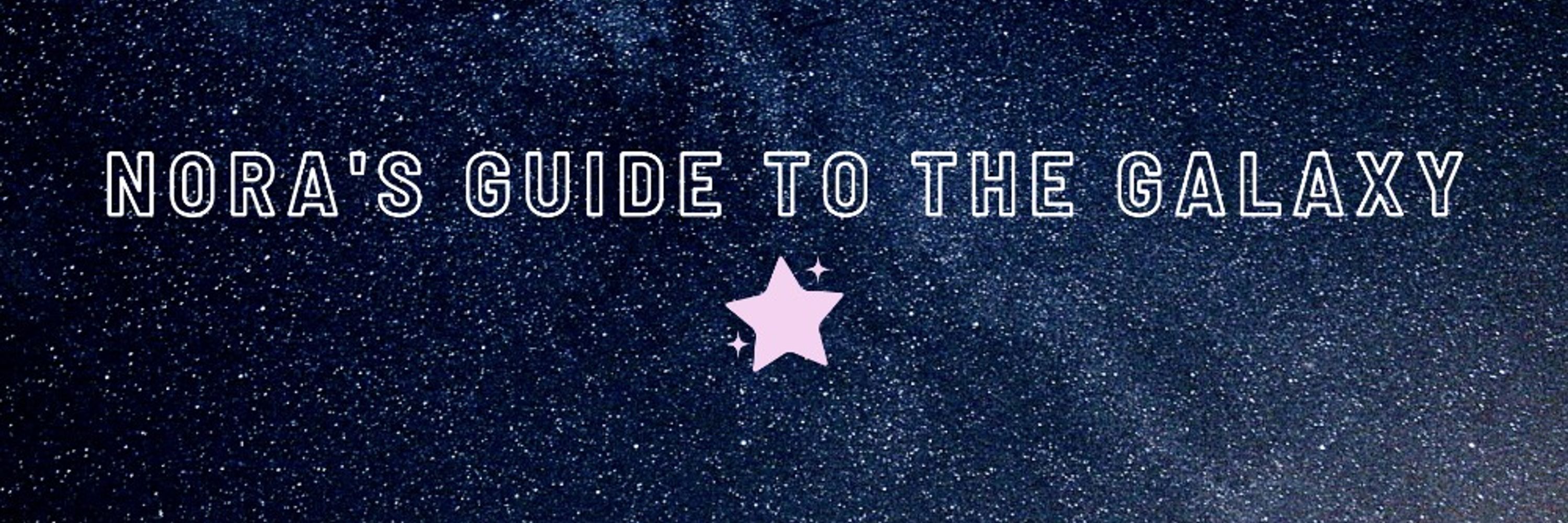
PhD, Astrophysics
🌌✨✨🌌
come explore our galaxy with me
🔗: https://galaxy.nora-bailey.com/linktree



📷: Nichole Ayers, NASA

📷: Nichole Ayers, NASA

What I'm actually doing: making an illustration of PSF convolution

What I'm actually doing: making an illustration of PSF convolution

Space is big. But how big? We can't know how big the whole universe is, but the part of it we can see (called the observable universe) is estimated to be 93 billion light-years across. 🤯
📷Unmismoobjetivo, CC BY-SA 3.0, Wikimedia Commons

Space is big. But how big? We can't know how big the whole universe is, but the part of it we can see (called the observable universe) is estimated to be 93 billion light-years across. 🤯
📷Unmismoobjetivo, CC BY-SA 3.0, Wikimedia Commons
(He is a philosophy professor!)

(He is a philosophy professor!)

At the edges, the Sun appears dimmer/redder than at the center. This is called limb darkening and is because of the depth to which we are seeing photons—the more straight-on angle at center allows us to see deeper to a hotter and brighter layer of the Sun!
📷: NASA/SDO

At the edges, the Sun appears dimmer/redder than at the center. This is called limb darkening and is because of the depth to which we are seeing photons—the more straight-on angle at center allows us to see deeper to a hotter and brighter layer of the Sun!
📷: NASA/SDO
The asteroid belt isn't just a solid belt of asteroids. It has structure within it, primarily thanks to Jupiter. Most notable are the Kirkwood gaps, thin regions within the belt with almost no asteroids due to destabilizing resonances with Jupiter's orbit.

The asteroid belt isn't just a solid belt of asteroids. It has structure within it, primarily thanks to Jupiter. Most notable are the Kirkwood gaps, thin regions within the belt with almost no asteroids due to destabilizing resonances with Jupiter's orbit.
In astronomy, a "terminator" is the line between sunlight and darkness on the surface of a celestial body. The terminator typically moves across the surface of the body unless it's tidally locked to its sun (which we don't have in the solar system).
📷NASA

In astronomy, a "terminator" is the line between sunlight and darkness on the surface of a celestial body. The terminator typically moves across the surface of the body unless it's tidally locked to its sun (which we don't have in the solar system).
📷NASA



The brightest object in the sky, besides the Sun and Moon, is the planet Venus! Because it is close to us and has a very reflective cloud cover, it's about 6x brighter than Jupiter and 12x brighter than Sirius.
📷Uroš Novina, CC BY 2.0, Wikimedia Commons

The brightest object in the sky, besides the Sun and Moon, is the planet Venus! Because it is close to us and has a very reflective cloud cover, it's about 6x brighter than Jupiter and 12x brighter than Sirius.
📷Uroš Novina, CC BY 2.0, Wikimedia Commons
In 1994, we got to witness live as the comet Comet Shoemaker-Levy 9 plummeted into Jupiter. The comet was pulled apart into at least 20 pieces before impact, which created plumes thousands of miles high and left marks lasting for weeks.
📷NASA/Judy Schmidt

In 1994, we got to witness live as the comet Comet Shoemaker-Levy 9 plummeted into Jupiter. The comet was pulled apart into at least 20 pieces before impact, which created plumes thousands of miles high and left marks lasting for weeks.
📷NASA/Judy Schmidt




